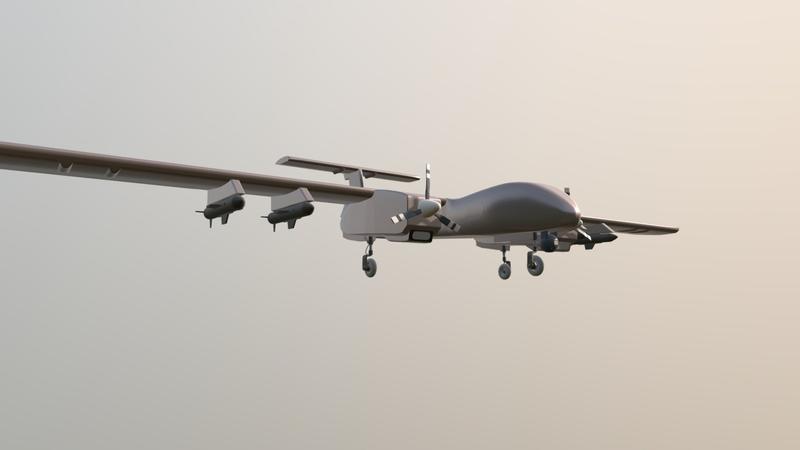Posted inTechnology News
Rise and Risks of AI Washing: Exaggerated Claims in the Tech Industry
The release of OpenAI’s ChatGPT in 2022 sparked a surge of interest in AI, leading to widespread adoption claims by tech companies. Despite this, actual implementation remains limited, with many companies accused of "AI washing"—exaggerating their AI capabilities to attract consumers. This phenomenon, akin to greenwashing in environmental claims, has drawn regulatory scrutiny. Examples include fines by the SEC for false AI claims and revelations about misleading AI demonstrations by major tech firms. The impact extends beyond tech giants, affecting industries from fast food to consumer electronics. Recommendations emphasize accurate representation and scrutiny to prevent AI washing, highlighting its potential to mislead consumers and hinder genuine technological innovation.






VQHT.jpeg)











ZXXN.JPG)

































T80J.jpg)










































